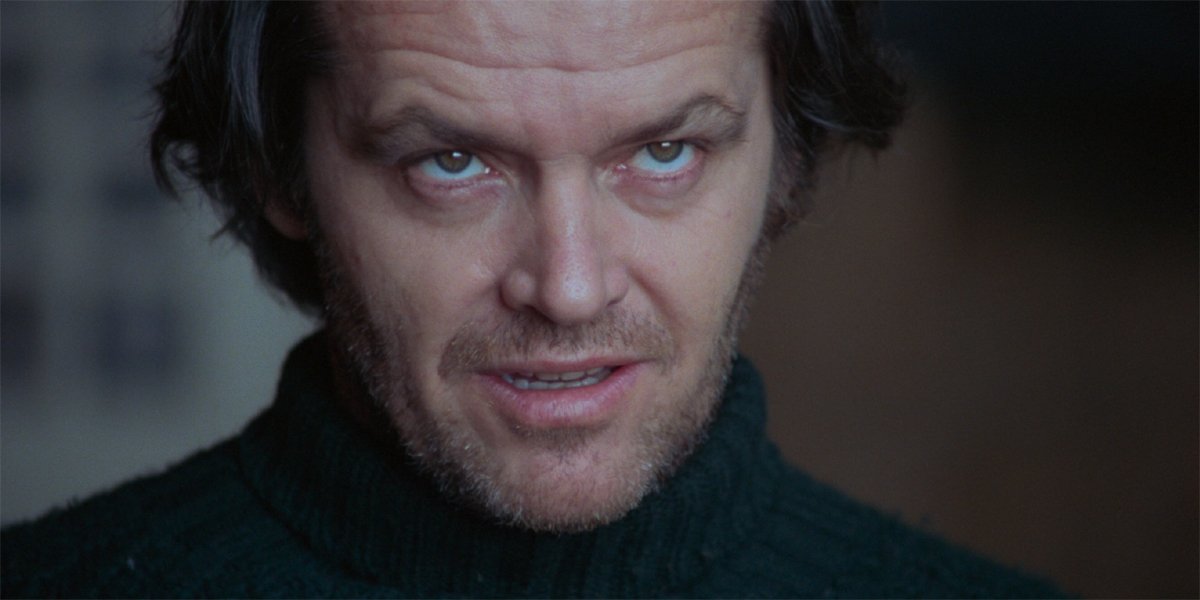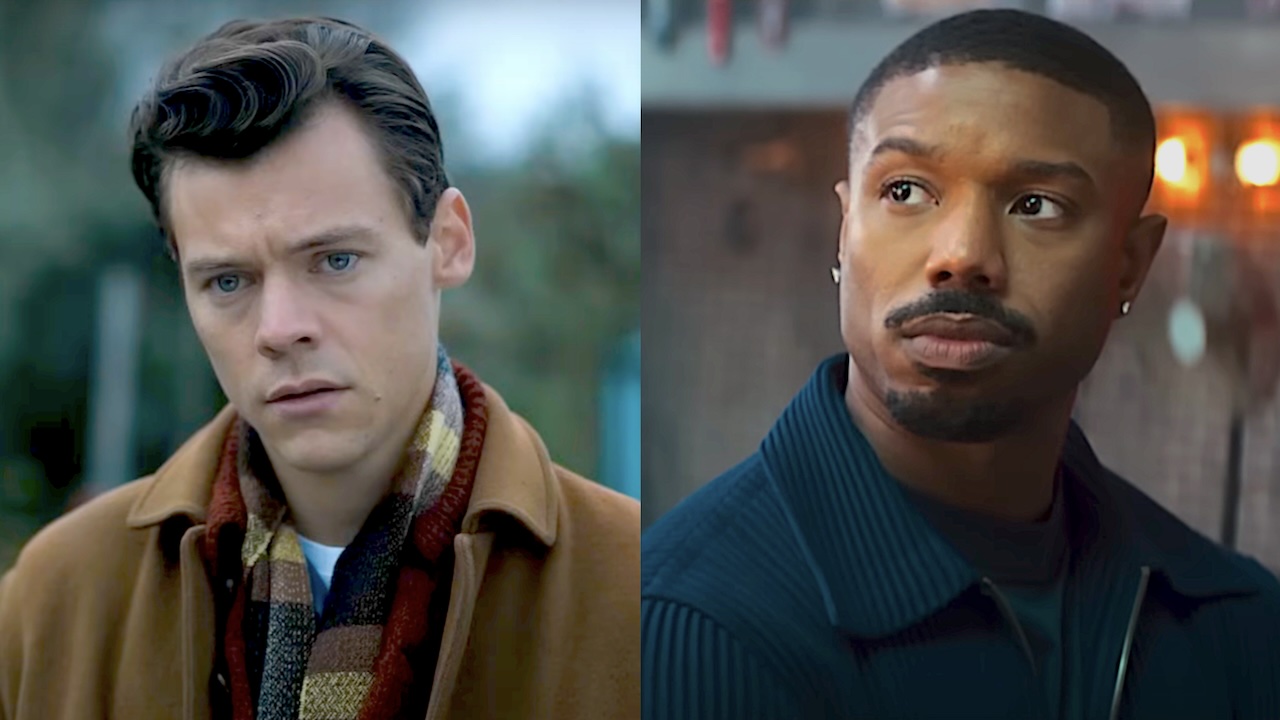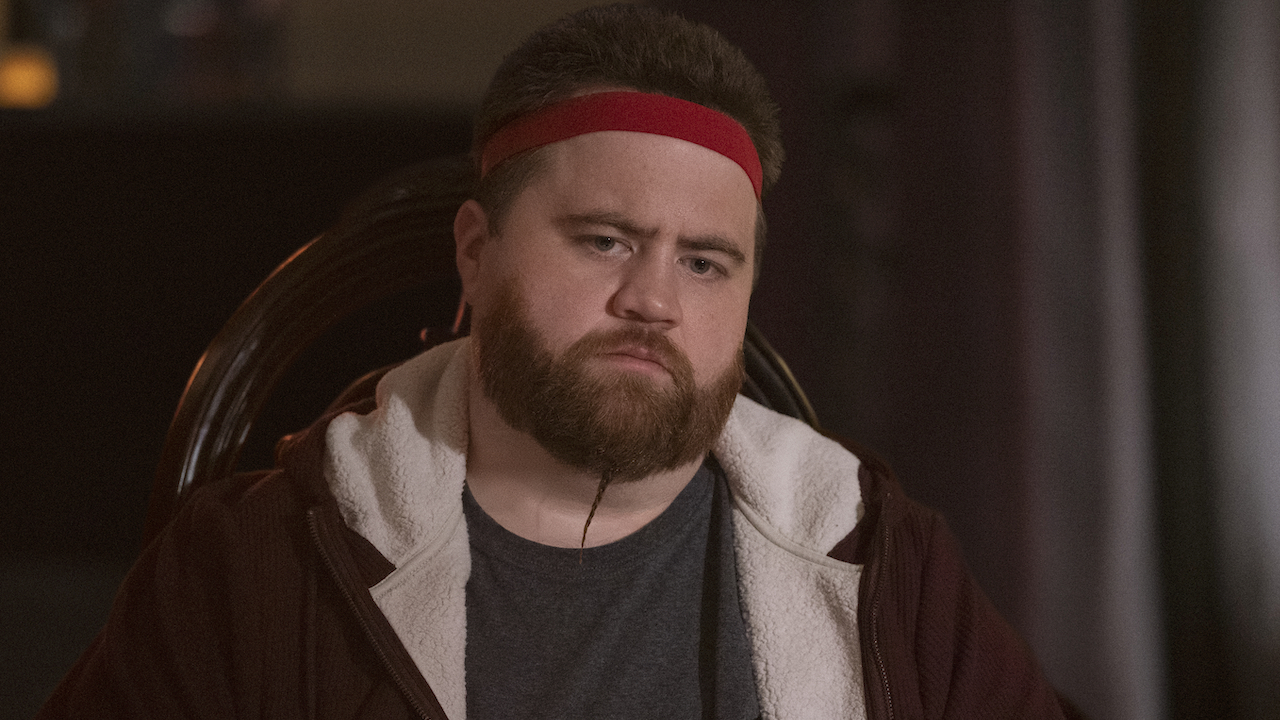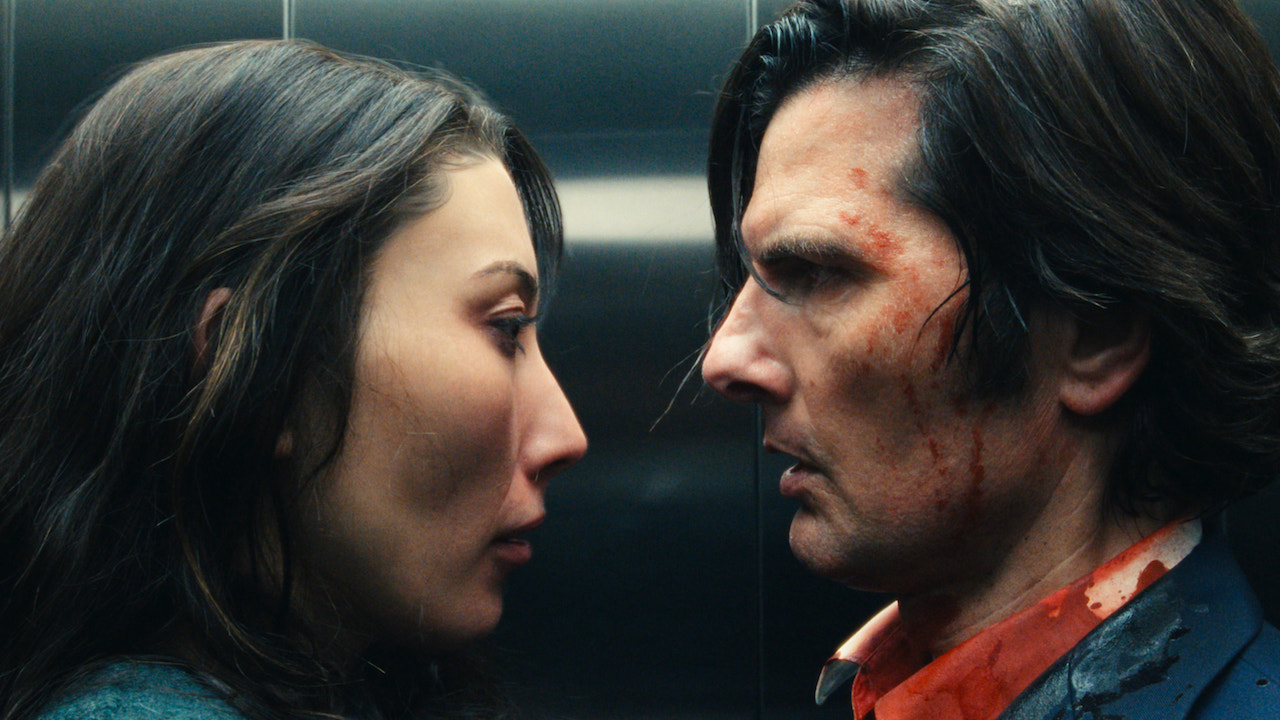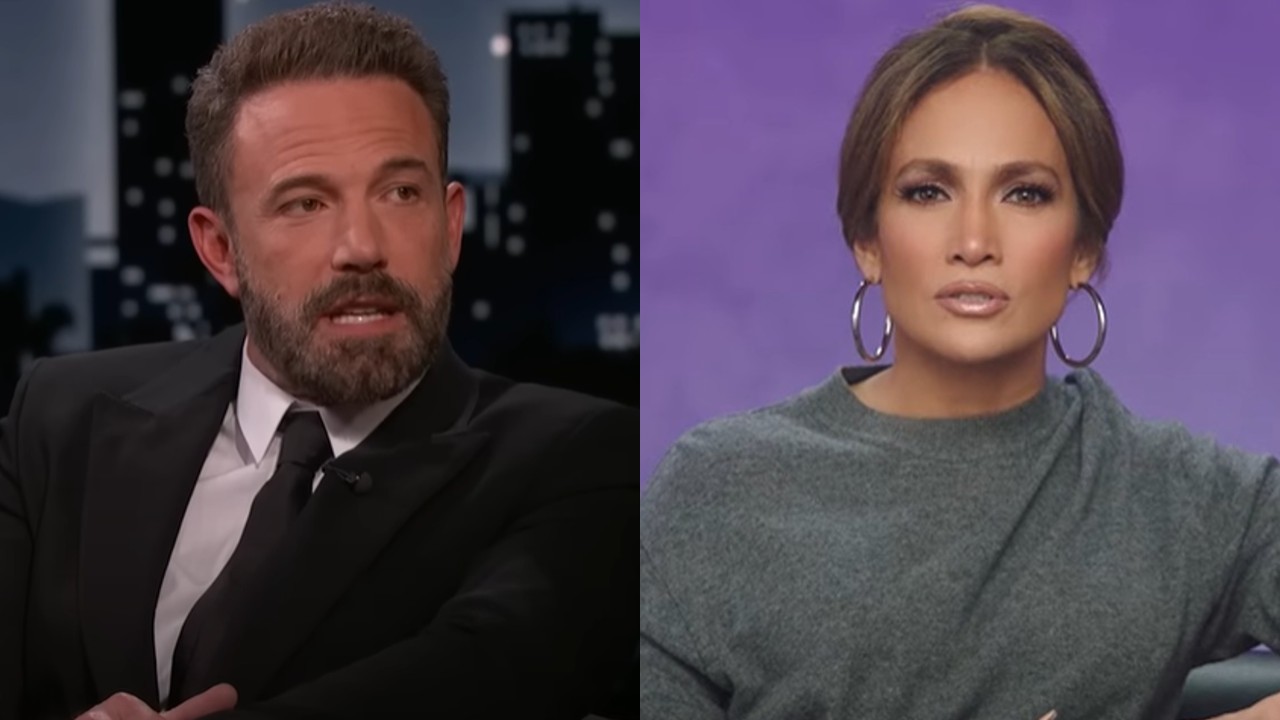A Clockwork Orange: 11 Behind-The-Scenes Facts You May Not Know About Stanley Kubrick's Movie

If one were to assemble a list of the most controversial films of all time, it would be inexcusably incomplete without mention of Stanley Kubrick’s A Clockwork Orange. Based on author Anthony Burgess’ notorious book of the same name, the movie is known not only for its frank and disturbing approach to sex and violence, but also for actually being pulled from cinemas in the U.K. following its release due to accusations that it was inspiring crime in real life.
And at the same time it’s a piece of work that is considered by many to be one of the great examples of 20th century cinema.
Its history is complicated to say the least, with its legacy also including a number of fascinating behind-the-scenes stories – and it’s those stories that we are here to highlight today. Digging through various documentaries, featurettes, specials and commentary tracks about the movie, we have put together this feature highlighting facts about A Clockwork Orange that you may have never heard about before. There’s a lot to go through, so let’s dig in!
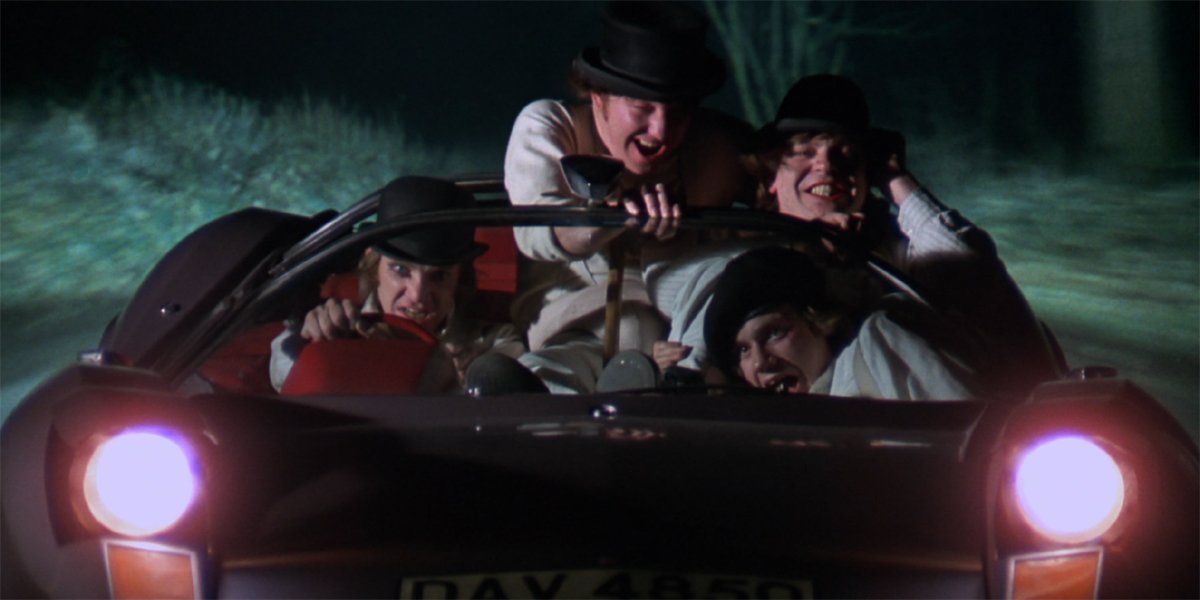
Stanley Kubrick Originally Rejected A Clockwork Orange Because He Didn’t Get The Nadsat Language
One of the unique qualities of A Clockwork Orange is that it’s a story that operates with its own special language – specifically a mix of Russian and Yiddish that Anthony Burgess named Nadsat in the writing of the book. The film adaptation famously fully embraces the dialect, with audiences really only able to fully understand the characters via context… but that’s why it might be surprising for some to learn that it was because of Nadsat that Stanley Kubrick initially rejected the opportunity to make the movie. He evidently had a hard time wrapping his mind around it when he was first considering the material, and wasn’t convinced it could be translated. Thankfully for all of us, he eventually had a change of heart.
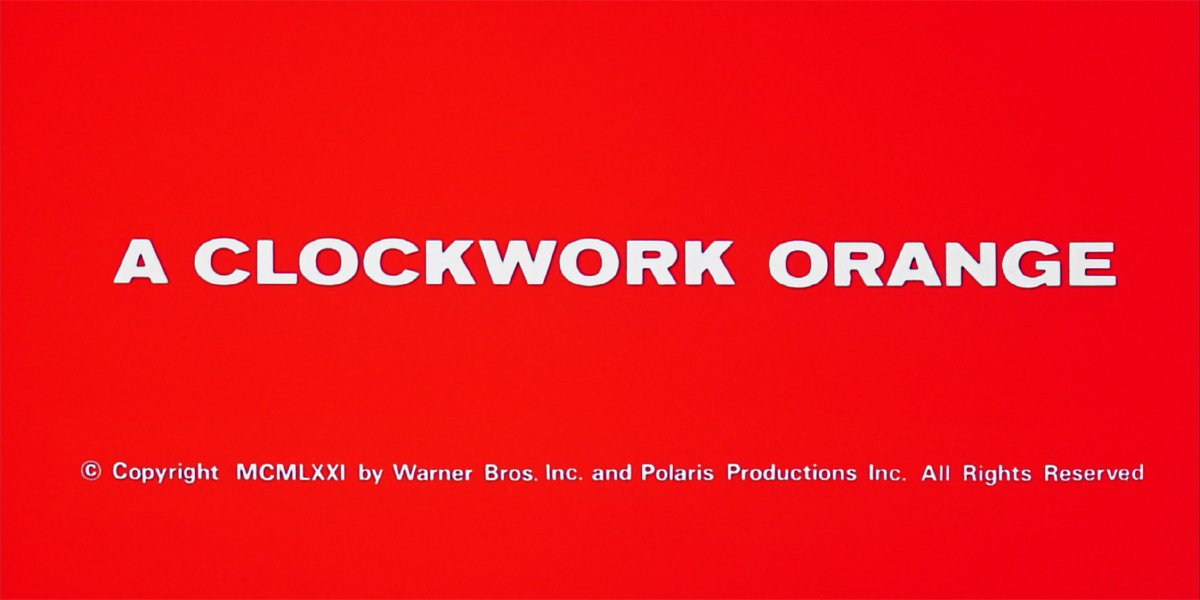
Anthony Burgess’ Explanation For The Origin Of The Title Provides Zero Clarity In Regards To Meaning
If you watched A Clockwork Orange for the first time and walked away wondering what the hell the title means, know that you’re not alone. The phrase is never actually mentioned in the film, and it’s not like it’s based on a familiar saying. So what is a clockwork orange? According to star Malcolm McDowell, he once asked Anthony Burgess that very question, and Burgess explained that he was once in a pub and overheard a stranger exclaim, “He’s as queer as a clockwork orange.” If you’re now wondering, “Well, what the hell does that mean,” again, you’re not alone.
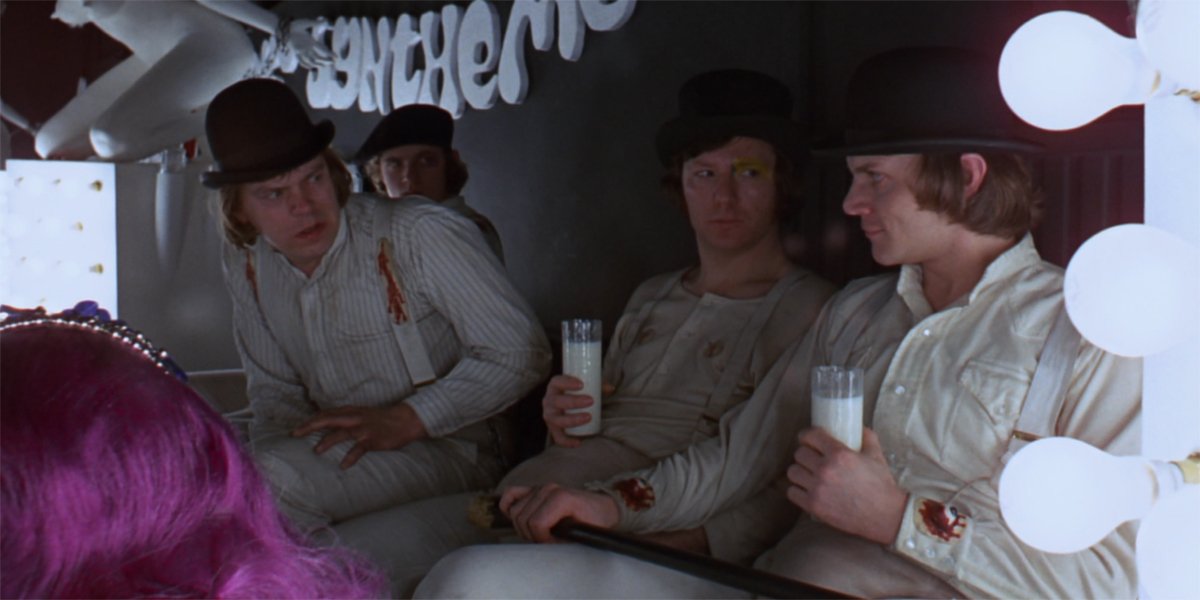
Mick Jagger And The Rolling Stones Were Considered For Alex And His Droogs At One Point
Watching A Clockwork Orange, it’s impossible to imagine anyone other than Malcolm McDowell playing the role of Alex DeLarge, and apparently Stanley Kubrick felt the same way, as it was the actor’s face that he had in mind the entire time reading Anthony Burgess’ book. However, there was a time when we almost got a totally different version of the story. In the mid-1960s, prior to Kubrick’s involvement with the project, there were legitimate moves to make an adaptation of the novel starring the members of the Rolling Stones. Mick Jagger would have played Alex, and his bandmates would have played his friends, a.k.a. the Droogs.
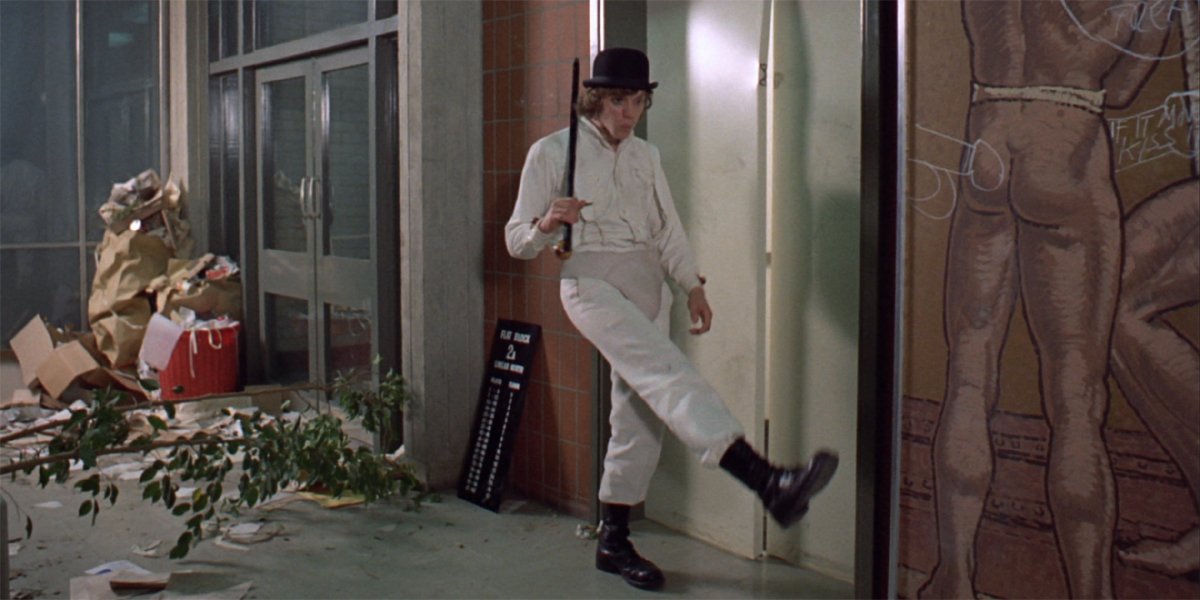
Alex’s Iconic Costume Came From The Contents Of Malcolm McDowell’s Car
The costume design in A Clockwork Orange, specifically for Alex and his Droogs, is iconic and instantly recognizable to any cinephile – but what makes the legacy of the look all the more impressive is the fact that it came together is a super haphazard way. Alex’s outfit consists of cricket whites that Malcolm McDowell kept in his car, and the includes the codpiece, which is typically worn under the trousers. Stanley Kubrick had McDowell throw the costume together and loved it.
CINEMABLEND NEWSLETTER
Your Daily Blend of Entertainment News
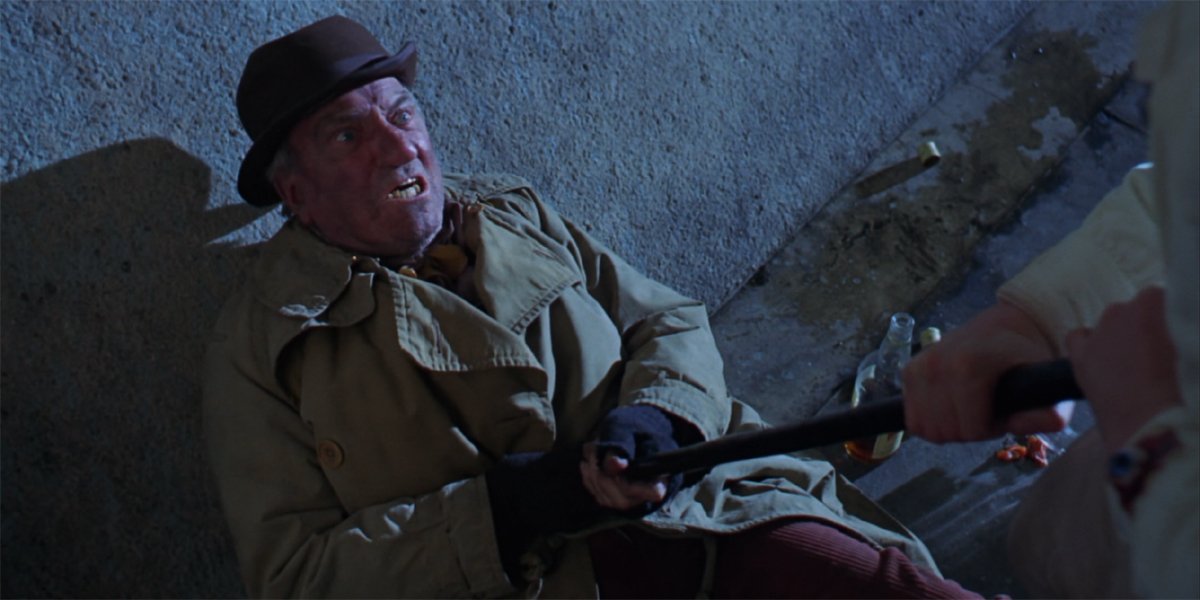
A Clockwork Orange Only Featured The Sequence With The Homeless Man Because Of A Scheduling Conflict
A Clockwork Orange famously wastes no time at all delving into its darkest content, with the first act of the movie being a rather harrowing experience, and the madness all kicks off with Alex and his Droogs assaulting a drunk homeless man played by Paul Farrell.
It’s a remarkable scene – which is why it is surprising to learn that it was actually Plan B. The original first act of violence featured in the movie was supposed to be a sequence where the gang accosted a man going home from the library with a bunch of priceless books in his possession. The actor who played the victim ended up not being available to shoot the sequence in the third act of the film where he got retribution on a post-Ludovico Treatment Alex, so the production was forced to pivot and come up with something new.
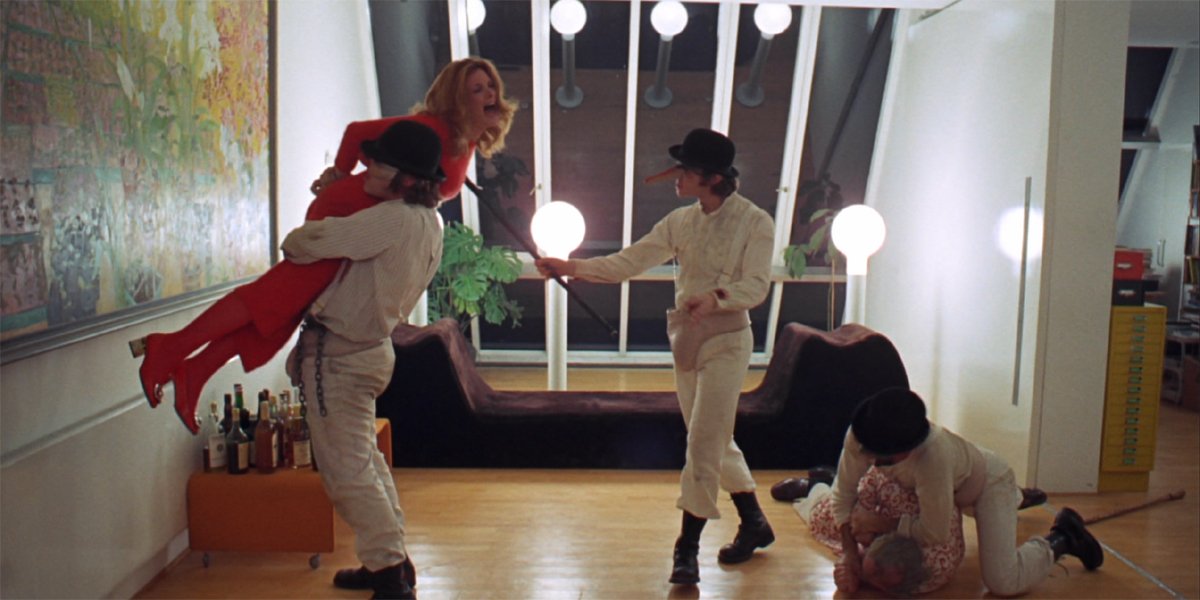
Malcolm McDowell Came Up For The Idea For Performing "Singin' In The Rain" During The Home Invasion
There are few moments in cinema history more disturbing than the first home invasion sequence in A Clockwork Orange – a sequence made particularly memorable because of Alex’s joyful singing of “Singin’ In The Rain” while committing assault and rape. What you may not know, though, is that the song choice was entirely Malcolm McDowell’s idea.
The inspiration was born five or six long days into on-set preparation for the scene when Stanley Kubrick asked McDowell, “Can you dance?” The actor leapt to his feet and began an impromptu performance of the classic Gene Kelly tune, punctuating lines with punches and kicks. Kubrick loved the approach so much that he and McDowell immediately left set so that Kubrick could go home and acquire the rights to the song.
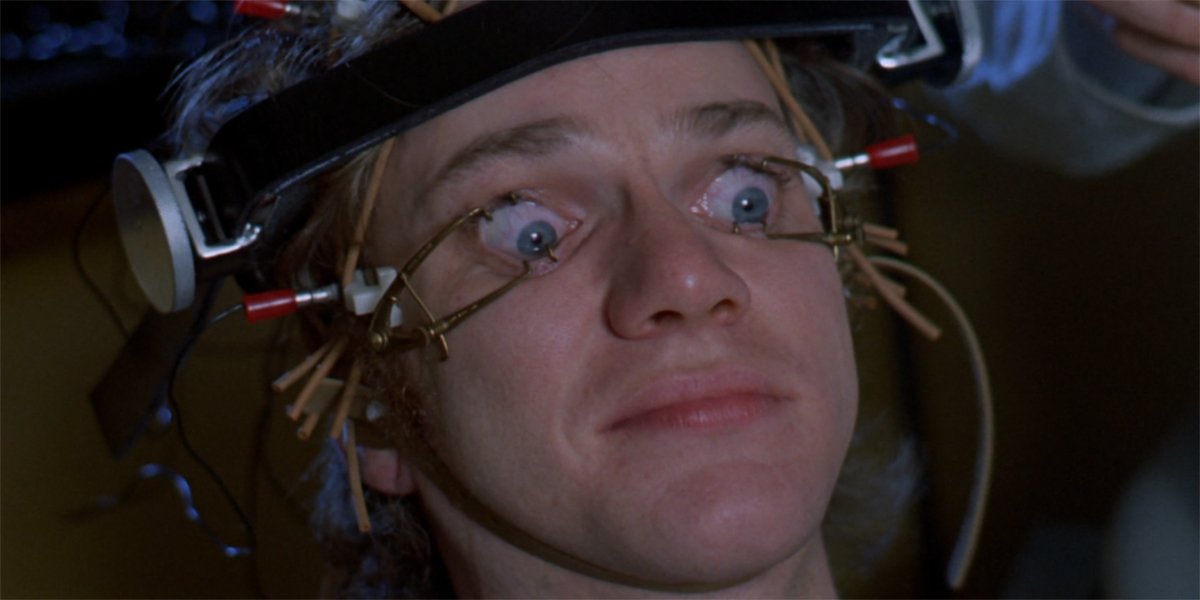
Malcolm McDowell’s Experience With The Eye Clamps Was Nightmarish
While actors typically get professionally trained stunt performers and stand-ins to handle the more dangerous parts of a performance on set, that wasn’t an option for Malcolm McDowell in the making of the Ludovico Treatment sequences in A Clockwork Orange.
During production, the star legitimately got his eyes anesthetized before clamps were inserted to keep his eyelids open, and he was unable to move due to being in a straight-jacket. The doctor featured in the scene applying solution to his eyes is a real doctor, and was working with the understanding that drops had to be applied every 15 seconds or there was a risk that McDowell could have gone blind.
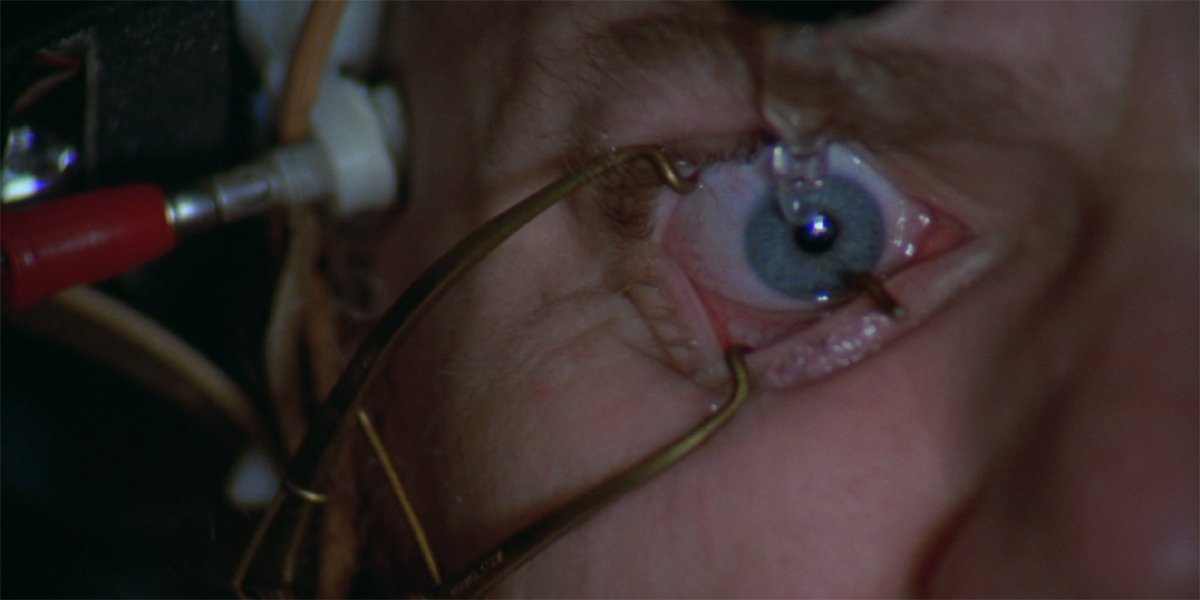
Possibly Even Worse Than The Eye Clamps Was The After Effect They Had
Thankfully, Malcolm McDowell’s experience wearing the eye clamps wasn’t tremendously long, but it was most definitely nightmarish – and things only got worse when he made his way home from set that day. While in the car, the anesthetic that was used on his eyes wore off, and after driving over a pothole McDowell got a sensation that he says felt like a razor slicing through his entire body. The pain was so excruciating that he had to call on a doctor to get a shot of morphine that night.
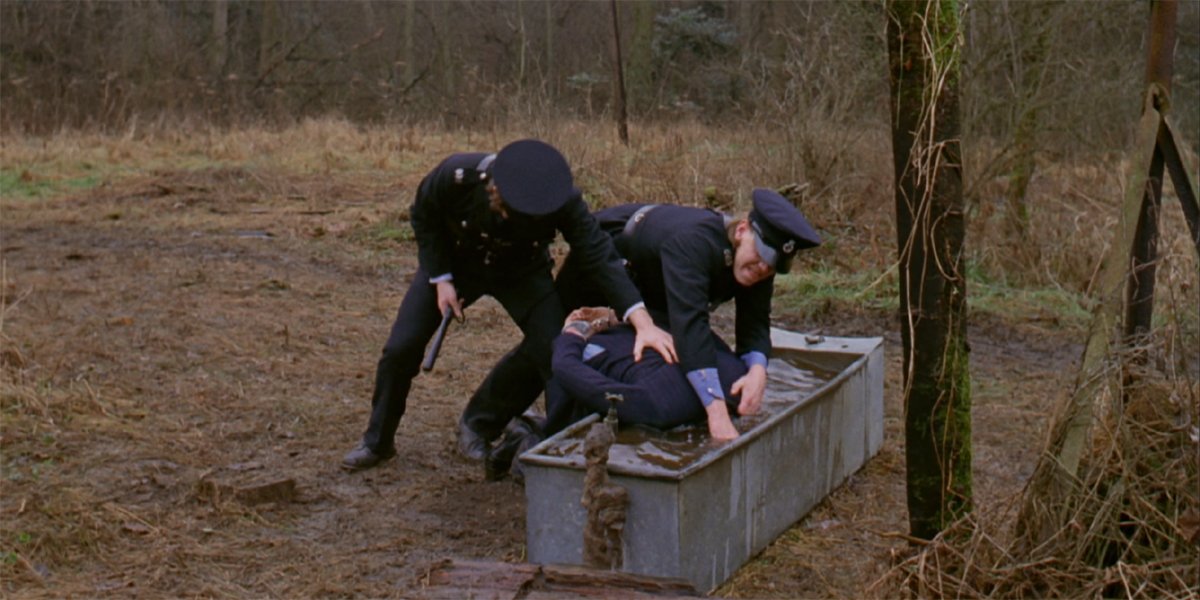
As You Would Expect, The Drowning Scene Wasn’t Exactly A Picnic Either
Throughout his legendary career, Stanley Kubrick frequently constructed shots that made audiences wonder, “How they hell did he do that?” and the drowning sequence in A Clockwork Orange is a perfect example. Late in the movie, Alex’s head is held down in a water-filled trough for literally a full minute in an unbroken shot, and it’s a legitimately scary thing to witness. And, surprise, surprise, it wasn’t exactly a pleasure cruise to film either.
Malcolm McDowell was able to breathe under water thanks to a hidden oxygen tank, but what you don’t necessarily pick up on is the fact that the scene was shot in the middle of winter in England, and it was freezing cold outside. Furthermore, the brownish color of the water was provided by dissolved Bovril (a meat extract), which apparently smelled revolting. The cherry on top? Kubrick asked McDowell to do more than 20 takes.
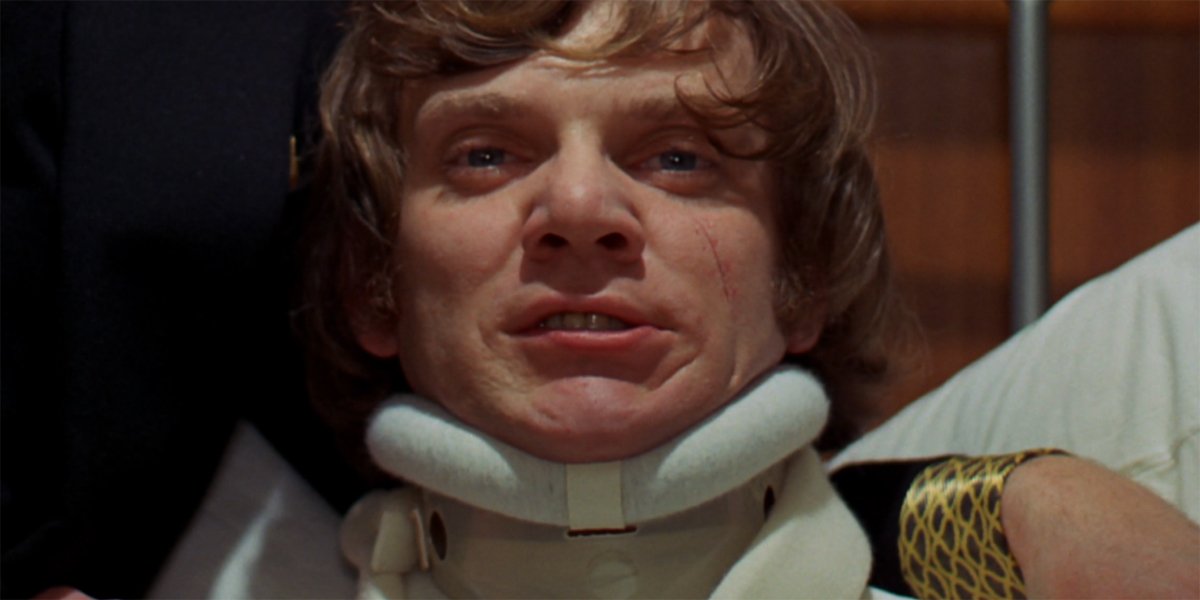
Stanley Kubrick Tried To Get Out Of Paying Malcolm McDowell For A Week Of Work With A Funny Excuse
Stanley Kubrick and Malcolm McDowell got along famously during the making of A Clockwork Orange, and this camaraderie continued after principal photography was completed. During post-production, the actor was brought in to record the voiceover dialogue for the film, and the sessions had him and the director working alone on the material – with their labor frequently interrupted with regular games of ping pong.
About six months later, McDowell was told by his agent one day that he had not been paid for those two weeks, and he brought it up with Kubrick while meeting with the filmmaker that afternoon. Kubrick’s response was to take a slide rule out of his pocket, adjust it, and then say “I’ll pay you for one week.” When McDowell protested, the director explained, “The other week was ping pong.”
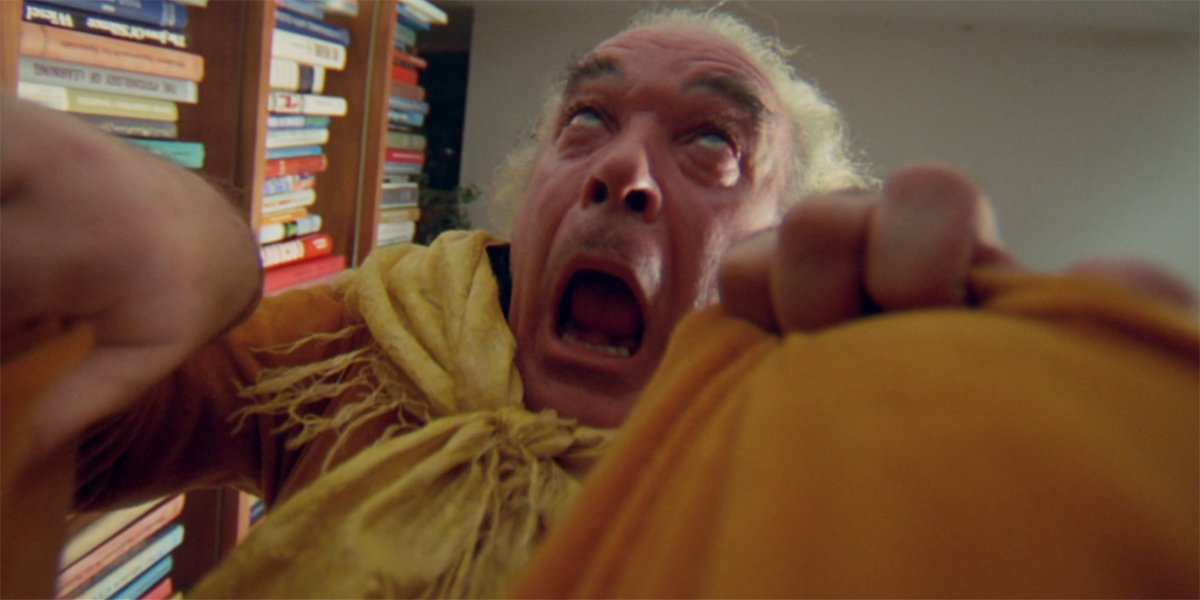
Gene Kelly Apparently Really Hated A Clockwork Orange’s Use Of "Singin' In The Rain"
As mentioned, A Clockwork Orange is considered by many to be a work of true cinematic genius – but one individual who evidently couldn’t be counted as a fan was Gene Kelly, star of the 1952 classic Singin’ In The Rain. According to Malcolm McDowell, he was at a party with Kelly a few years after the release of the film, and while somebody made an effort to try and introduce the two men, the meeting never happened because Kelly snubbed McDowell by turning around and walking off. It was later revealed that Kelly was apparently never paid for the rights to the song.
Hopefully this feature has provided you with some interesting background knowledge about A Clockwork Orange and given you some insight to the fascinating film. If you wish to revisit the movie, it’s currently available for rental and/or purchase at all major digital retailers, and is also on both Blu-ray and DVD.

Eric Eisenberg is the Assistant Managing Editor at CinemaBlend. After graduating Boston University and earning a bachelor’s degree in journalism, he took a part-time job as a staff writer for CinemaBlend, and after six months was offered the opportunity to move to Los Angeles and take on a newly created West Coast Editor position. Over a decade later, he's continuing to advance his interests and expertise. In addition to conducting filmmaker interviews and contributing to the news and feature content of the site, Eric also oversees the Movie Reviews section, writes the the weekend box office report (published Sundays), and is the site's resident Stephen King expert. He has two King-related columns.
